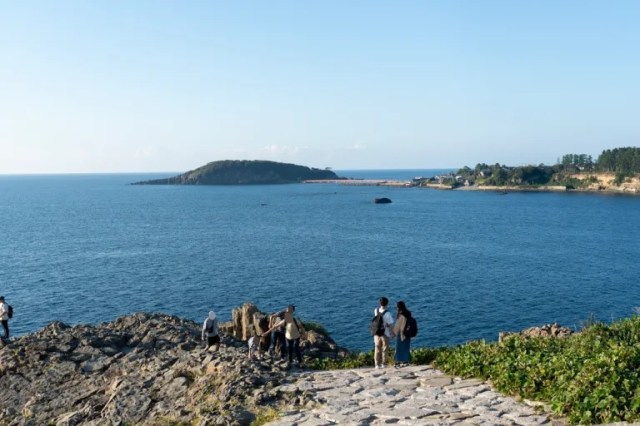
Dramatic coastline has a dramatic reason for sharing its name with a priest from the Heian period.
You’ll find most of Japan’s major cities on or near the southern cost of the country’s main island of Honshu. That’s because the shoreline along the northern coast, which borders the sea of Japan, is decidedly rockier, with fewer gentle bays and more steep cliffs…and the cliffs don’t get much steeper than at Tojinbo in Fukui Prefecture.
Tojinbo has a modest harbor that’s a five-minute bus ride from Mikuniminato Station, with some tourist facilities like restaurants, souvenir shops, and boat tours. As for what those boats take travelers to see, once they leave port it’s not far to the ruggedly beautiful cliffs, where gigantic columnar geological joint formations created by magma combining with sedimentary rock give the scenery an especially dramatic look.
In addition to the cruises, there are also walking paths that wind around the cliffs, which stretch for about a kilometer (0.6 miles) in length. They reach heights of up to 30 meters (98.4 feet) from where it’s a straight drop down into the water, however, so you’ll definitely want to watch your step.
Aside from the striking scenery, there’s an odd linguistic quirk to Tojinbo, which is written in Japanese as 東尋坊. That last kanji character, bo/坊, means “monk” or “priest,” and Tojinbo the place actually gets its name from Tojinbo a Shinto priest who lived in Echizen Province (as northern Fukui Prefecture used to be called) back in the Heian period (794-1185).
Tojinbo, legends say, was not a very popular guy. There are various stories as to how he rubbed people the wrong way, but according to our guide from Japan Railways Group who was showing us around the area, Tojinbo was prone to acts of violence, which is a pretty easy way to earn the ire of your coworkers. Eventually, the other priests of Heisenji Hakusan Shrine decided they’d had enough of Tojinbo’s rage-fueled escapades, and decided to do something about it.
Even before the area took on Tojinbo’s name, the seaside cliffs were a popular sightseeing attraction, and so Tojinbo’s fellow priests proposed going there for a party, so that they could knock back some drinks while admiring the view. This apparently sounded like a swell idea to Tojinbo, who proceeded to get liquored up and was most likely having a great time…right up until the other priests revealed their true reason for organizing the party by grabbing Tojinbo and throwing him off the cliffs into the sea, where he died. Some say his spirit still haunts the shoreline, with folktales holding that when the seas become rough, it’s Tojinbo’s undying rage that’s causing it.
Heisenji Hakusan Shrine, by the way, is a beautiful place in its own right, and of historical significance too, having been founded some 1,300 years ago, so we decided to go check it out.
The deep mossy fields surrounding the main shrine hall have an enchantingly soothing color, and the wooden torii gate’s unique intricate design left a deep impression on us as well.
Though Tojinbo’s home is no longer standing, there’s a marker showing where his personal living quarters used to be…
▼ 東尋坊 = Tojinbo
…and the main hall features some very cool woodworking.
However, we couldn’t help noticing something very unexpected after we’d confirmed where Tojinbo had lived. Since he was lured to a drinking party at the cliffs, we’d just sort of assumed that Heisenji Hakusan Shrine would be very close to the shore, but that wasn’t the case at all. It turns out that the distance from the shrine to the cliffs is 48 kilometers (29.8 miles)! And keep in mind that while we made the trip by car, the priests would have had to walk all the way to the site of their drinking/murder party, which, according to Google Maps, would take 11 hours.
And that’s with modern, paved roads to walk along. Considering they made the trip 1,000 years or so ago, it’s a safe bet that the on-foot journey was even more time-consuming for the priests, probably requiring an overnight stay along the way, which really speaks to just how badly they wanted Tojinbo gone.
Related: Fuku Prefecture official tourism website, Heisenji Hakusan Shrine official website
Photos ©SoraNews24
● Want to hear about SoraNews24’s latest articles as soon as they’re published? Follow us on Facebook and Twitter!
[ Read in Japanese ]

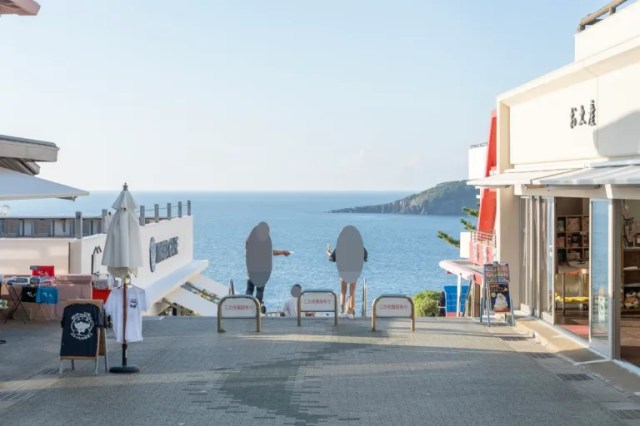

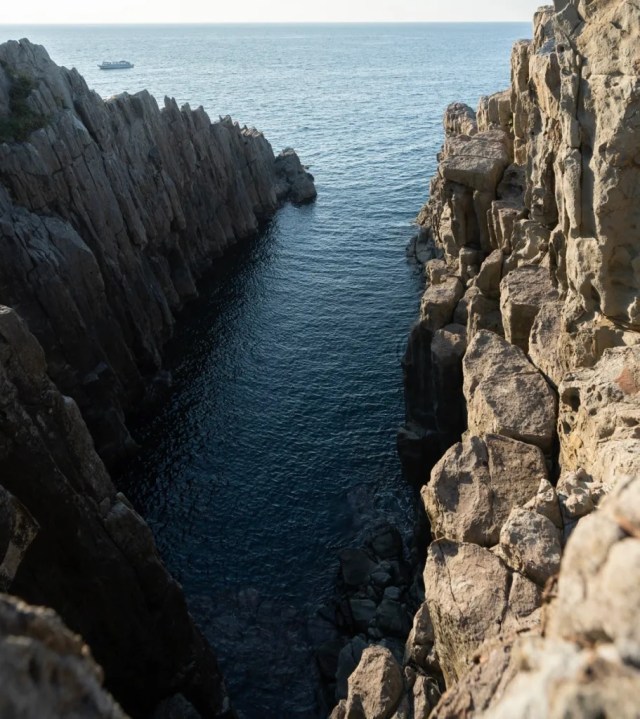
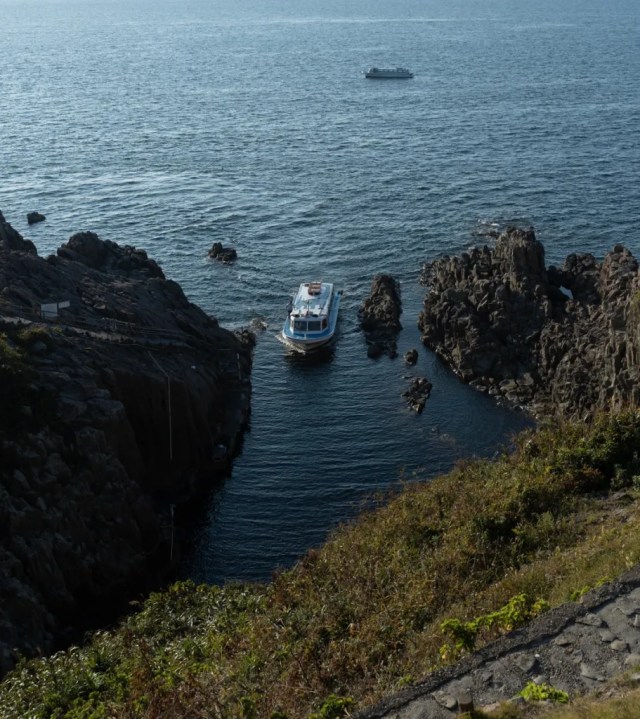
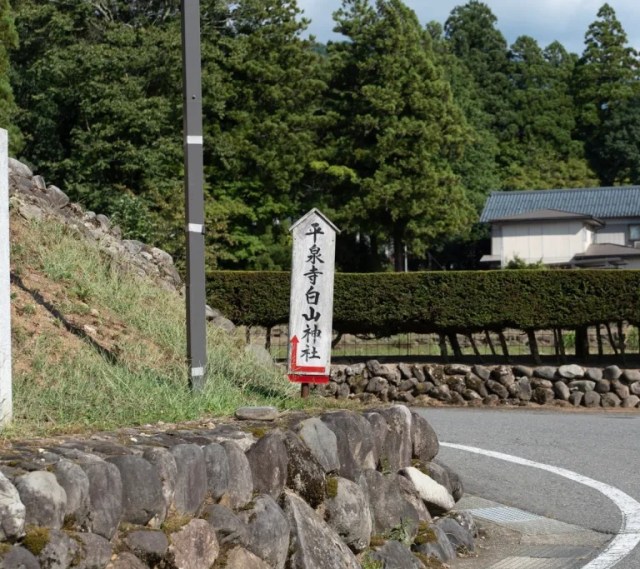
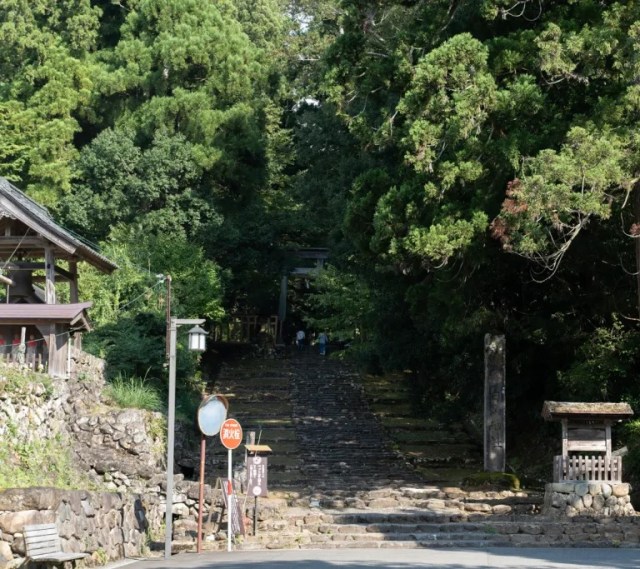
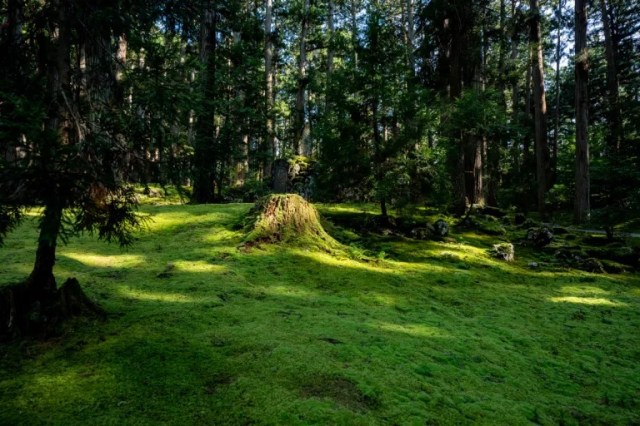
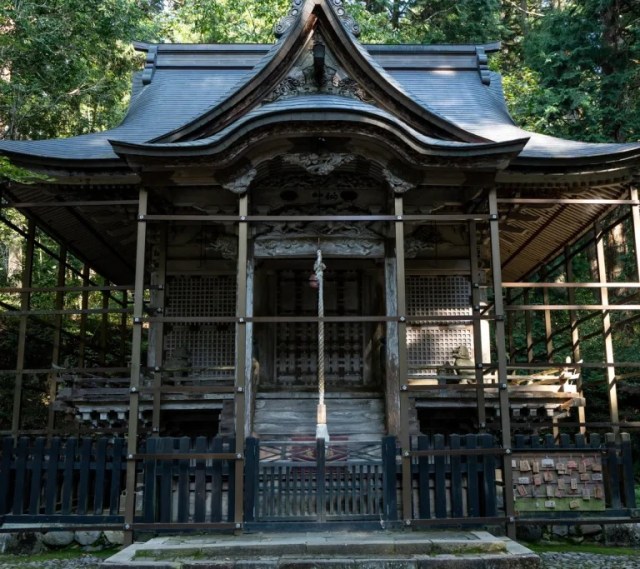
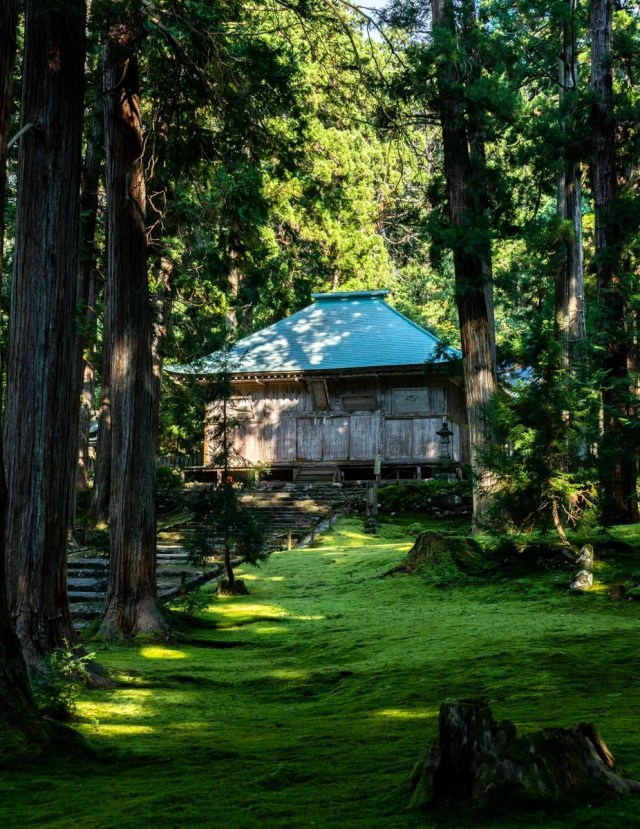
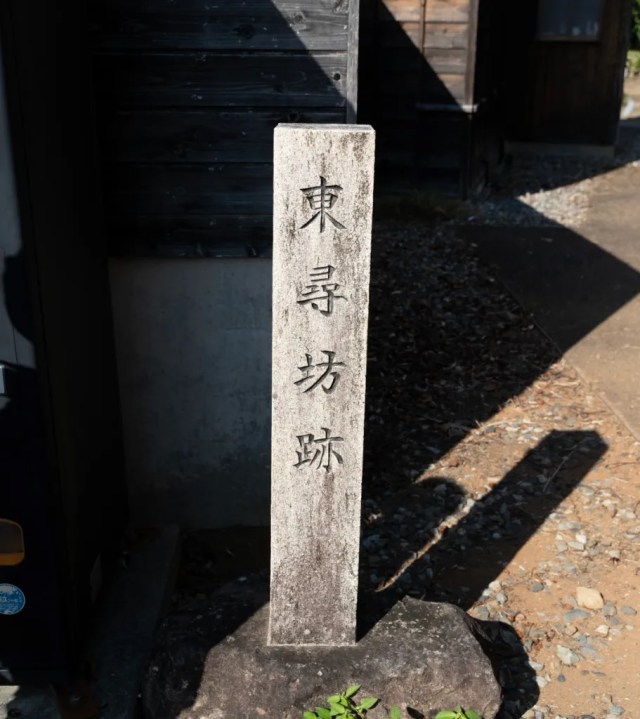
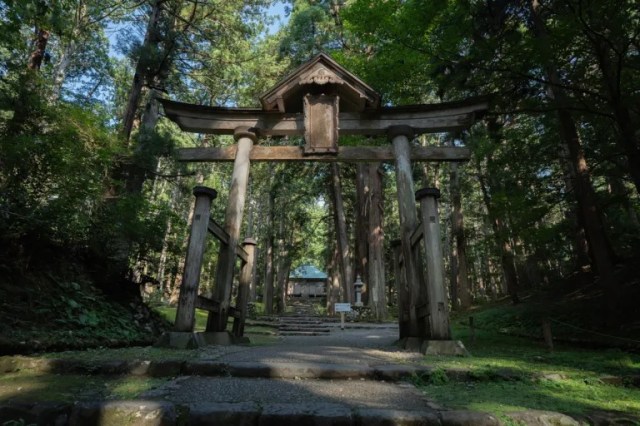
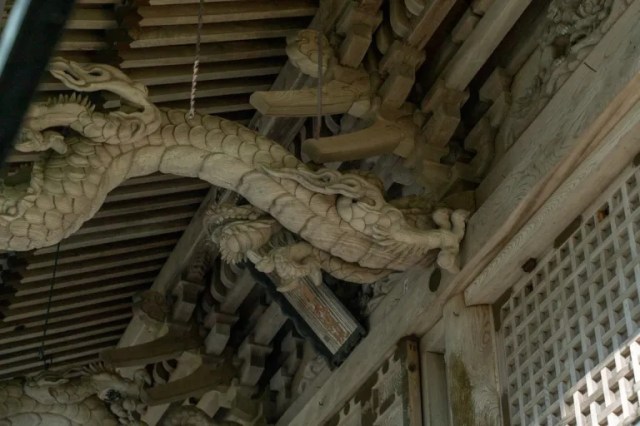
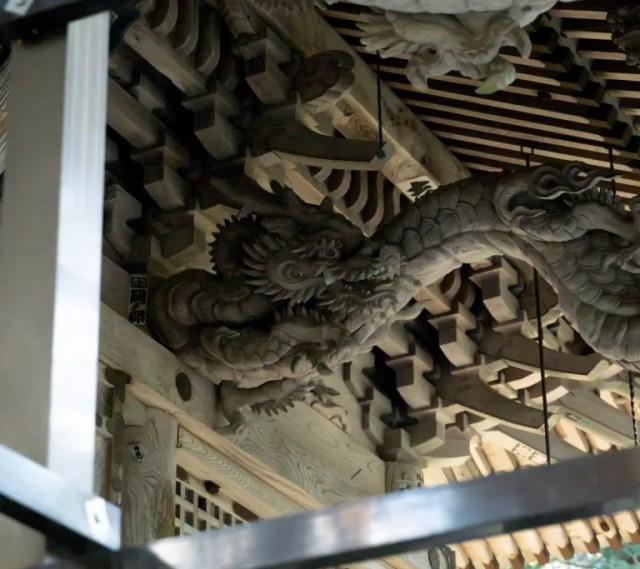
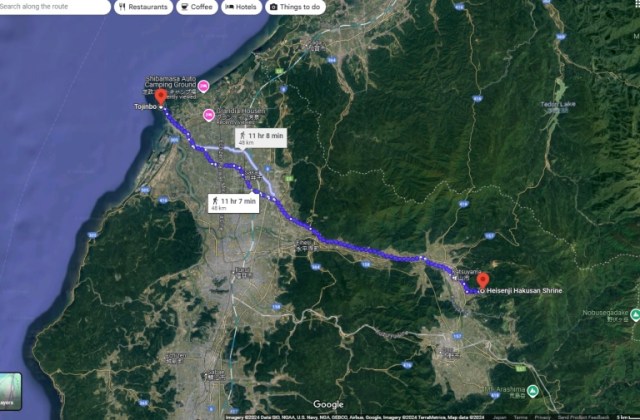
 A visit to Japan’s forbidden forest of Yawata no Yabushirazu
A visit to Japan’s forbidden forest of Yawata no Yabushirazu Searching for Japan’s “river of the dead” in Tottori Prefecture【Photos】
Searching for Japan’s “river of the dead” in Tottori Prefecture【Photos】 Burn baby burn! The Shinto inferno of Japan’s Dondo Yaki ceremony
Burn baby burn! The Shinto inferno of Japan’s Dondo Yaki ceremony Staying one step ahead of the tourist crowds with a visit to Japan’s main Mt. Fuji shrine【Photos】
Staying one step ahead of the tourist crowds with a visit to Japan’s main Mt. Fuji shrine【Photos】 Down the steps to Kusabe Yoshimi, one of Japan’s three great “descending shrines”【Photos】
Down the steps to Kusabe Yoshimi, one of Japan’s three great “descending shrines”【Photos】 We revisited Sweets Paradise after a decade to see if Japan’s dessert buffet still delivers
We revisited Sweets Paradise after a decade to see if Japan’s dessert buffet still delivers Starbucks Japan ready to get Year of the Horse started with adorable drinkware and plushies【Pics】
Starbucks Japan ready to get Year of the Horse started with adorable drinkware and plushies【Pics】 Harajuku’s new permanent Tamagotchi shop is filled with cuteness and a surprising lack of poop
Harajuku’s new permanent Tamagotchi shop is filled with cuteness and a surprising lack of poop The new Tokyu Kabukicho Tower is packed with entertainment, food, and drinks–with one caveat
The new Tokyu Kabukicho Tower is packed with entertainment, food, and drinks–with one caveat Fighting mild hunger with a Japanese soda that turns into jelly in the stomach【Taste test】
Fighting mild hunger with a Japanese soda that turns into jelly in the stomach【Taste test】 Newest Gundam anime robot model kit is made with green tea leaves, smells like green tea
Newest Gundam anime robot model kit is made with green tea leaves, smells like green tea Princesses, fruits, and blacksmiths: Study reveals the 30 most unusual family names in Japan
Princesses, fruits, and blacksmiths: Study reveals the 30 most unusual family names in Japan New Ghibli Doll Collection is the best-of-both-worlds solution to the plushie-or-figure dilemma
New Ghibli Doll Collection is the best-of-both-worlds solution to the plushie-or-figure dilemma Just when you thought anime marketing couldn’t be any more bust-focused: character breast weights
Just when you thought anime marketing couldn’t be any more bust-focused: character breast weights Pizza Hut Japan’s hot lucky bags are perfect for a New Year’s pizza party
Pizza Hut Japan’s hot lucky bags are perfect for a New Year’s pizza party 7-Eleven Japan’s ramen-cooking robot whipped us up a bowl of noodles【Taste test】
7-Eleven Japan’s ramen-cooking robot whipped us up a bowl of noodles【Taste test】 Cyberpunk anime meets traditional culture in Ghost in the Shell gold leaf Japanese changing screens
Cyberpunk anime meets traditional culture in Ghost in the Shell gold leaf Japanese changing screens 7 great places to see Mt. Fuji from without having to climb it
7 great places to see Mt. Fuji from without having to climb it Hello Kitty Choco Egg figures are an adorable trip through three periods of Japanese pop culture【Pics】
Hello Kitty Choco Egg figures are an adorable trip through three periods of Japanese pop culture【Pics】 Japan’s otoshidama tradition of giving kids money at New Year’s gets a social welfare upgrade
Japan’s otoshidama tradition of giving kids money at New Year’s gets a social welfare upgrade We found possibly the quietest Japanese-style hotel in Tokyo’s bustling Shinjuku district
We found possibly the quietest Japanese-style hotel in Tokyo’s bustling Shinjuku district Lacquerware supplier to emperor of Japan and Pokémon team up for new tableware
Lacquerware supplier to emperor of Japan and Pokémon team up for new tableware Sumo Sanrio! Hello Kitty and pals team up with Japan Sumo Association for new merch【Pics】
Sumo Sanrio! Hello Kitty and pals team up with Japan Sumo Association for new merch【Pics】 Can a dirty butthole make you filthy rich in Japan? We’re starting a New Year’s lottery experiment
Can a dirty butthole make you filthy rich in Japan? We’re starting a New Year’s lottery experiment 7-Eleven Japan starts new temporary luggage storage service in over 300 branches
7-Eleven Japan starts new temporary luggage storage service in over 300 branches Disillusionment at Tsukiji’s tourist-target prices led us to a great ramen restaurant in Tokyo
Disillusionment at Tsukiji’s tourist-target prices led us to a great ramen restaurant in Tokyo Starbucks teams up with 166-year-old Kyoto doll maker for Year of the Horse decorations【Photos】
Starbucks teams up with 166-year-old Kyoto doll maker for Year of the Horse decorations【Photos】 Tokyo considering law requiring more trash cans following litter increase in heavily touristed area
Tokyo considering law requiring more trash cans following litter increase in heavily touristed area Tokyo’s Tsukiji sushi neighborhood asks tour groups to stay away for the rest of the month
Tokyo’s Tsukiji sushi neighborhood asks tour groups to stay away for the rest of the month Nintendo’s Kirby now delivering orders at Kura Sushi restaurants, but not in Japan
Nintendo’s Kirby now delivering orders at Kura Sushi restaurants, but not in Japan Tokyo event lets you travel back in time, for free, to celebrate 100 years since Showa era start
Tokyo event lets you travel back in time, for free, to celebrate 100 years since Showa era start Sanrio theme park in Japan announces plans to expand into a Sanrio resort
Sanrio theme park in Japan announces plans to expand into a Sanrio resort Japan may add Japanese language proficiency, lifestyle classes to permanent foreign resident requirements
Japan may add Japanese language proficiency, lifestyle classes to permanent foreign resident requirements Survey asks foreign tourists what bothered them in Japan, more than half gave same answer
Survey asks foreign tourists what bothered them in Japan, more than half gave same answer Japan’s human washing machines will go on sale to general public, demos to be held in Tokyo
Japan’s human washing machines will go on sale to general public, demos to be held in Tokyo Japan’s deadliest food claims more victims, but why do people keep eating it for New Year’s?
Japan’s deadliest food claims more victims, but why do people keep eating it for New Year’s? We deeply regret going into this tunnel on our walk in the mountains of Japan
We deeply regret going into this tunnel on our walk in the mountains of Japan Studio Ghibli releases Kodama forest spirits from Princess Mononoke to light up your home
Studio Ghibli releases Kodama forest spirits from Princess Mononoke to light up your home Major Japanese hotel chain says reservations via overseas booking sites may not be valid
Major Japanese hotel chain says reservations via overseas booking sites may not be valid Put sesame oil in your coffee? Japanese maker says it’s the best way to start your day【Taste test】
Put sesame oil in your coffee? Japanese maker says it’s the best way to start your day【Taste test】 No more using real katana for tourism activities, Japan’s National Police Agency says
No more using real katana for tourism activities, Japan’s National Police Agency says Starbucks Japan reveals new sakura drinkware collection, inspired by evening cherry blossoms
Starbucks Japan reveals new sakura drinkware collection, inspired by evening cherry blossoms Updated cherry blossom forecast shows extra-long sakura season for Japan this year
Updated cherry blossom forecast shows extra-long sakura season for Japan this year This is Japan’s only shrine with a Shinkansen tunnel underneath it
This is Japan’s only shrine with a Shinkansen tunnel underneath it Visiting Kunozan Toshogu, the shrine where the first lord of Japan’s last shogunate was buried
Visiting Kunozan Toshogu, the shrine where the first lord of Japan’s last shogunate was buried Dragon reformation and the largest clay Budda in Japan: A visit to Okadera Temple【Photos】
Dragon reformation and the largest clay Budda in Japan: A visit to Okadera Temple【Photos】 Visiting Japan’s “Mt. Terror,” said to be the closest point to the afterlife【Photos】
Visiting Japan’s “Mt. Terror,” said to be the closest point to the afterlife【Photos】 Cruising around Gunkanjima, Japan’s otherworldly “Battleship Island”【Photos】
Cruising around Gunkanjima, Japan’s otherworldly “Battleship Island”【Photos】 A heavenly trip to Japan’s Demon Island in the Seto Inland Sea【Photos】
A heavenly trip to Japan’s Demon Island in the Seto Inland Sea【Photos】 Japan’s craziest train station has a giant with light-up eyes growing out of its wall【Photos】
Japan’s craziest train station has a giant with light-up eyes growing out of its wall【Photos】
Leave a Reply